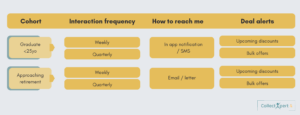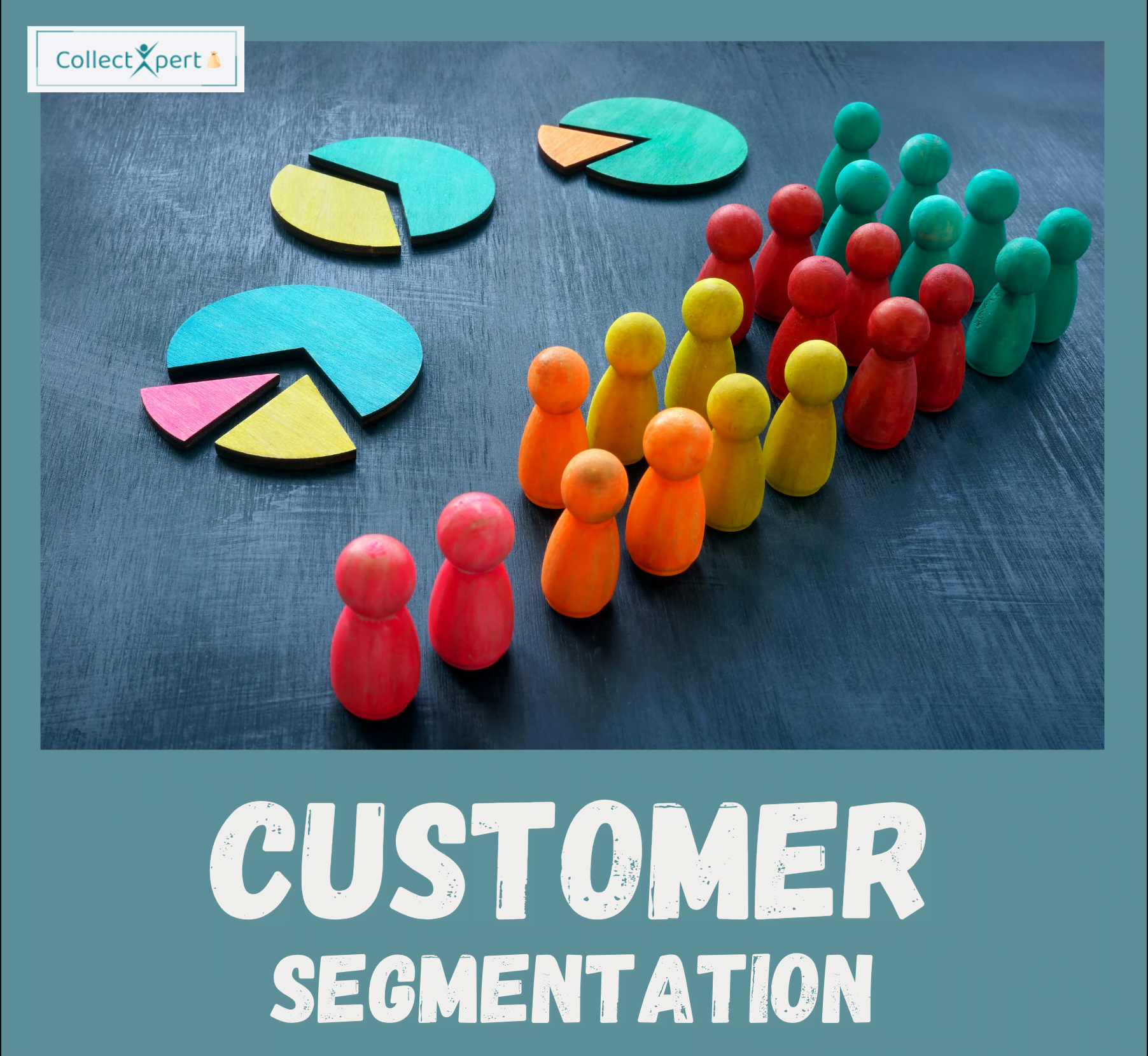Customer Segmentation
“why it’s important to be able to segment your customers to improve their experience”
Customer segmentation should be as simple as it can be, but no simpler. It sounds profound, and silly, but it is worth remembering – let’s dive in…
Introduction
First up, what is customer segmentation in this context?
When it comes to customers, they are all different – this is true in B2B as well as in B2C, each one of your customers came to you through a different journey, and their experiences before they found you shaped what they want/don’t want – and why they selected you.
Now, when it comes to engaging with our customers, ideally each relationship is individual and totally bespoke – but once you have millions, hundreds of thousands, or even hundreds of customers not every message can be hand-written and bespoke for that customer – so how do we tailor our communication effectively with our customers? By segmenting our customers into similar groups/cohorts…
Examples
The first example that comes to mind is age:
- If all of your customers are graduates under 25, and grew up with iPhones and Androids, and you have an app – you can drive most communication from that app and probably reach most of your customers.
- If all of your customers are approaching retirement, some of them will happily use your app, and some may not – how do we communicate with the latter cohort? SMS might be suitable, or email, and in some cases physical mail is the best way to reach out.
This is just one example of a very generic type of customer segmentation, in the context of how best to reach them. There’s a lot more to consider!
A customer’s engagement frequency can also be important:
- Some customers might be interacting with / buying from you every week – these customers could appreciate updates about new offerings, changing prices as they happen because the latest news about individual offers might change their plans!
- Other customers will interact less frequently, placing orders on a more drawn out cadence – once a quarter or once a year. We might want to interact with them differently, suggesting bulk offers that suit their needs.
This doesn’t change how to reach them, but would change the content of what we appraise them off.
One cohort is more likely to appreciate one type of message, and probably won’t want to hear about the other’s – if I need to place a bulk order 100x bigger than I usually do to get this deal, don’t bother me with this!
So we start to develop a matrix like this (these will get more complex)

So, by knowing a customer’s cohort and their interaction history, we know what to send them and how.
Thinking it through
The above is just a simple example, and we can quickly end up with multi-dimensional matrices that determine how to contact who about what, and how frequently – but we can also provide self-selection – let me choose how you contact me, I may be a graduate, but perhaps I prefer the vintage feel of receiving letters and will appreciate you more for giving me the option!
Customer segmentation is a common topic in marketing and sales conversations, but it’s important in all aspects of customer service – by communicating with me the way I prefer, and the way that is most effective for me, I’m more likely to remain a happy customer, and even an advocate for your business!
We know this because collections are no exception – CollectXpert is designed to help make your collection activities effective and get results!
We have all had reminders that arrived while a payment was being processed, and all that does is risk annoying a long term valued customer who has had a banking issue delay their payment. We all have a tendency to check our inbox, our SMS’s and our letterboxes on different rhythms – and some of us prefer certain platforms for specific types of notifications.
CollectXpert can help you make sure your collections are customer-centric, to improve the experience of each customer depending on the tendencies of their segment, and their individual preferences – while also making sure that we are reminding those that do need an extra nudge on a regular basis.







